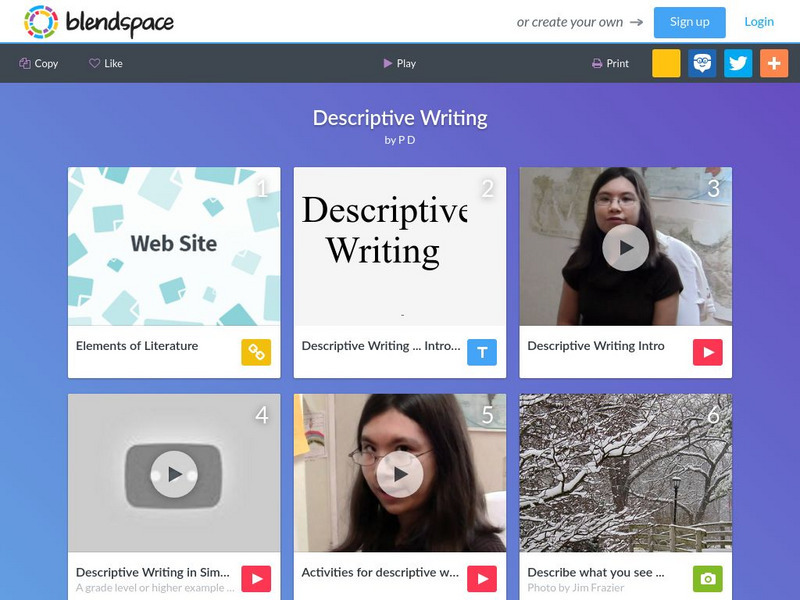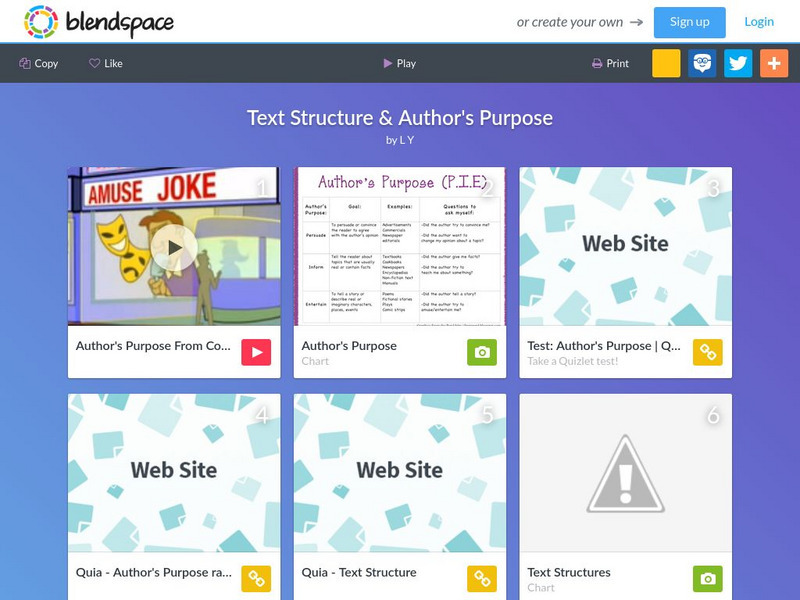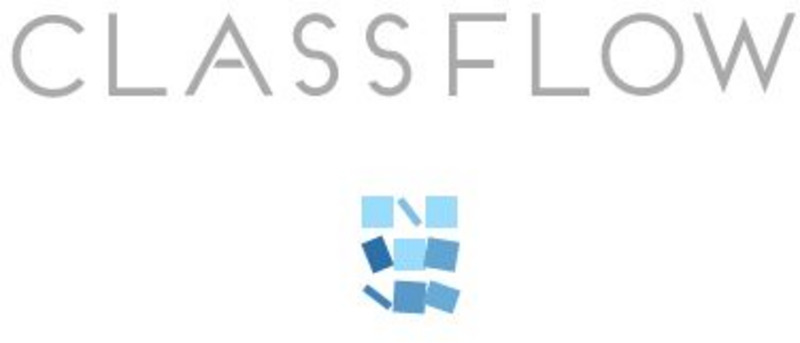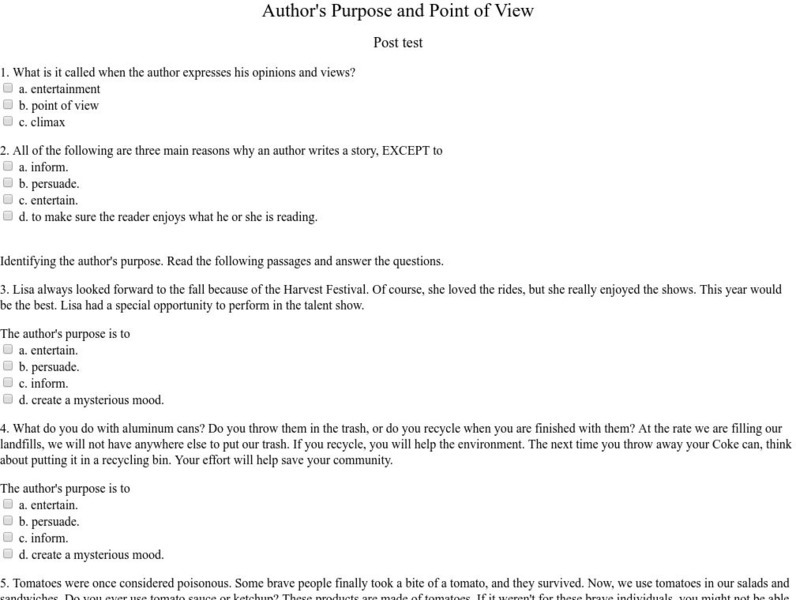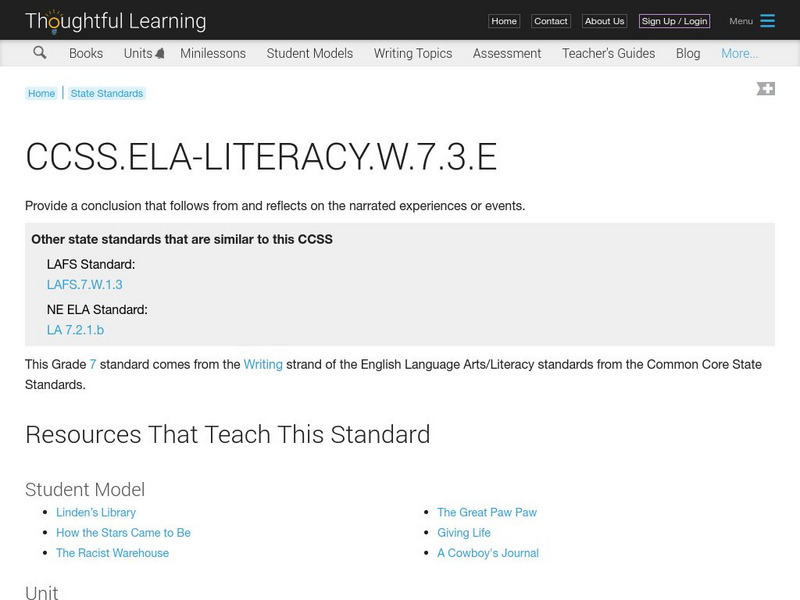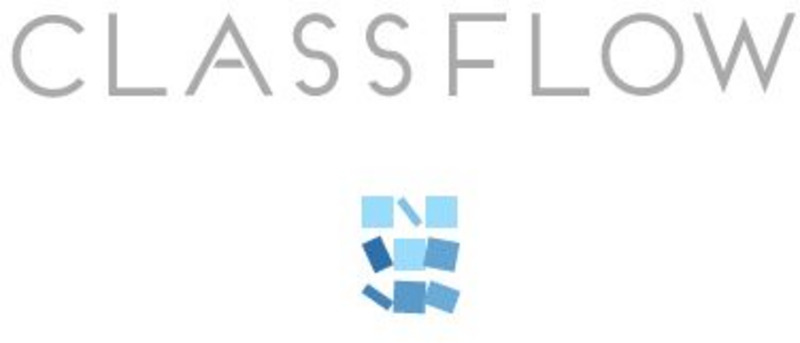TES Global
Blendspace: Descriptive Writing
An eight-part learning module with links to websites, texts, videos, images, and charts to use while learning how to write descriptive texts.
TES Global
Blendspace: Text Structure & Author's Purpose
A ten-part learning module with links to videos, images, and websites to use while learning about text structure and author's purpose.
TES Global
Blendspace: Informational Text
A twelve-part learning module with links to images, texts, slides, and charts that teach skills to build reading comprehension with informational texts.
TES Global
Blendspace: Author's Purpose
An eleven-part learning module with links to images and videos to use while learning to identify an author's purpose.
TES Global
Blendspace: What Is the Main Idea and Supporting Details?
A learning module with thirty links to texts, slide shows, videos, and images that teach about finding the main idea and supporting details in a written passage.
Other
Prezi: Author's Purpose
Slideshow provides an explanation of the author's purpose which is to reflect, inform, persuade, or entertain (RIPE).
Other
Prezi: Implied and Stated Main Idea
Slideshow explains the difference between implied and stated main ideas and provides practice with finding the main idea.
Scholastic
Scholastic: Nonfiction Comprehension: Making Personal and Textual Connections
This is a lesson plan to help elementary students connect to nonfiction text as they read.
ClassFlow
Class Flow: Topic & Main Idea
[Free Registration/Login Required] Recognizing the main idea is the key to good comprehension. The main idea is a general idea under which fits all the supporting material of the passage or paragraph. Learn and use three strategies that...
Other
Landmark School Outreach: Finding the Main Idea
This reading strategy resource provides steps for identifying the main idea of an informational text. Example informational text paragraphs are provided, along with detailed explanations for the processes used in identifying the main...
ClassFlow
Class Flow: Can You Tell?
[Free Registration/Login Required] This flipchart helps students to determine the difference between narrative and expository writing.
Can Teach
Can Teach: Introduction to Character Traits
In this lesson plan learners will better understand what and how to generate the traits of a character. Lesson plan indicated for 4th grade and above.
Sophia Learning
Sophia: Emphasis: Repetition
This lesson discusses how to add emphasis through repetition. This tutorial lesson shares a short slideshow with the lesson's content.
ClassFlow
Class Flow: Graphic Organizer Spider Graphic
[Free Registration/Login Required] This graphic organizer provides a webbing framework for students to analyze the main idea/theme and supporting details of a reading passage or historical event. A template for students to follow is given.
Other
Mantex: Tutorials: What Is Close Reading?
This site discusses the four types of reading: Linguistic, Semantic, Structural, and Cultural and offers a detailed example of close reading. RL.11-12.3 Auth choice story elem, RL.11-12.5 Choice of Text Structure
Quia
Quia: Reading: Finding the Main Idea
Students read forty short texts and choose the main idea of each text. Correct answers are provided for any missed, and the score is tallied along the way.
Sam Houston State University
Sam Houston State University: Author's Purpose and Point of View: Posttest
A ten-question multiple choice test over author's purpose and character point of view.
Quizlet
Quizlet: Types of Details: Match
In this interactive game, students match the words having to do with types of details to their definitions.
Quizlet
Quizlet: Types of Details: Learn
In this interactive focusing on learning types of details, students type in the word to match the definition given.
Annenberg Foundation
Annenberg Learner: Literature: Analyzing Theme
Article explains how to find the theme in a piece of literature by asking yourself a series of questions as you read. RL.9-10.1 Analyzing Theme. CCSS.ELA-Literacy.CCRA.R.2
ClassFlow
Class Flow: Finding the Main Idea & Inferences
[Free Registration/Login Required] This flipchart will help student find the main idea in writing as well as make inferences while reading. There are 2 web quests embedded that has numerous exercises with sound. There is an Activote...
Other
Thoughtful Learning: ccss.ela literacy.w.7.3.e
Choose a lesson or unit to teach how to write a conclusion to a narrative that reflects on the narrated experience.
ClassFlow
Class Flow: A Guide to Expository Writing
[Free Registration/Login Required] This flipchart will help guide the teacher and students through an expository writing prompt. Develop the essay directly on the flipchart and model writing for your class.CCSS.ELA-Literacy.WHST.6-8.2.a


